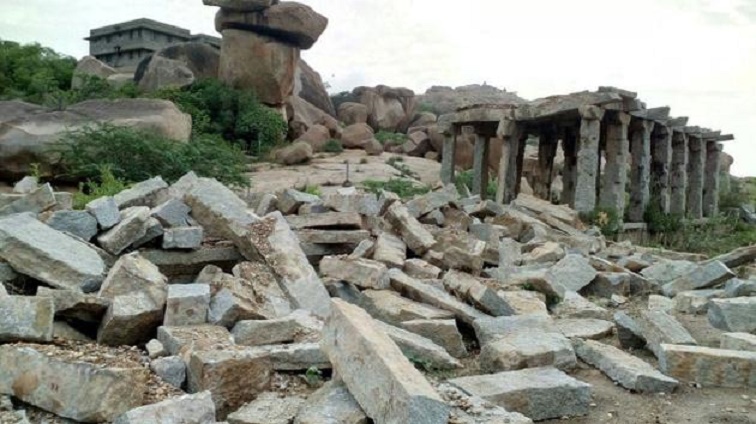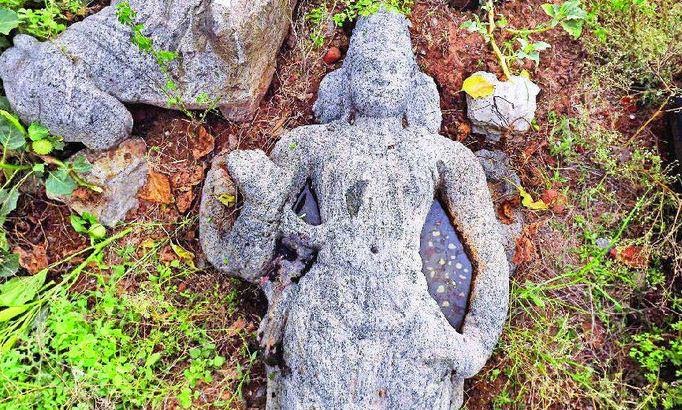Sew La Ti Embroidery:
India
School of Planning & Architecture [Bhopal, India]
![School of Planning & Architecture [Bhopal, India]](//2.bp.blogspot.com/-ZdNnZRcb_2g/UdTG0v4gEYI/AAAAAAAAG3k/XsvdKdaaVDQ/s1600/bopal02.jpg)
India: Buddhist sites in Thotlakonda and Bavikonda cry out for attention

India: Mughal gateway collapses in North Delhi

South Asia: Looted Indian statue recovered

India: Lothal, 4,400-year-old `City of Dead', being killed slowly

India: Hampi’s ‘saalu mantapas’ collapse

India: Prehistoric cave art near Agra in peril

India: Himachal govt to brainstorm ways to protect Buddhist heritage in Tabo

India: A golden makeover for an ancient Hindu temple

India: Rare sculptures thrown out as modern temple comes up at ancient Pallava site

![School of Planning & Architecture [Bhopal, India]](http://2.bp.blogspot.com/-ZdNnZRcb_2g/UdTG0v4gEYI/AAAAAAAAG3k/XsvdKdaaVDQ/s1600/bopal02.jpg)